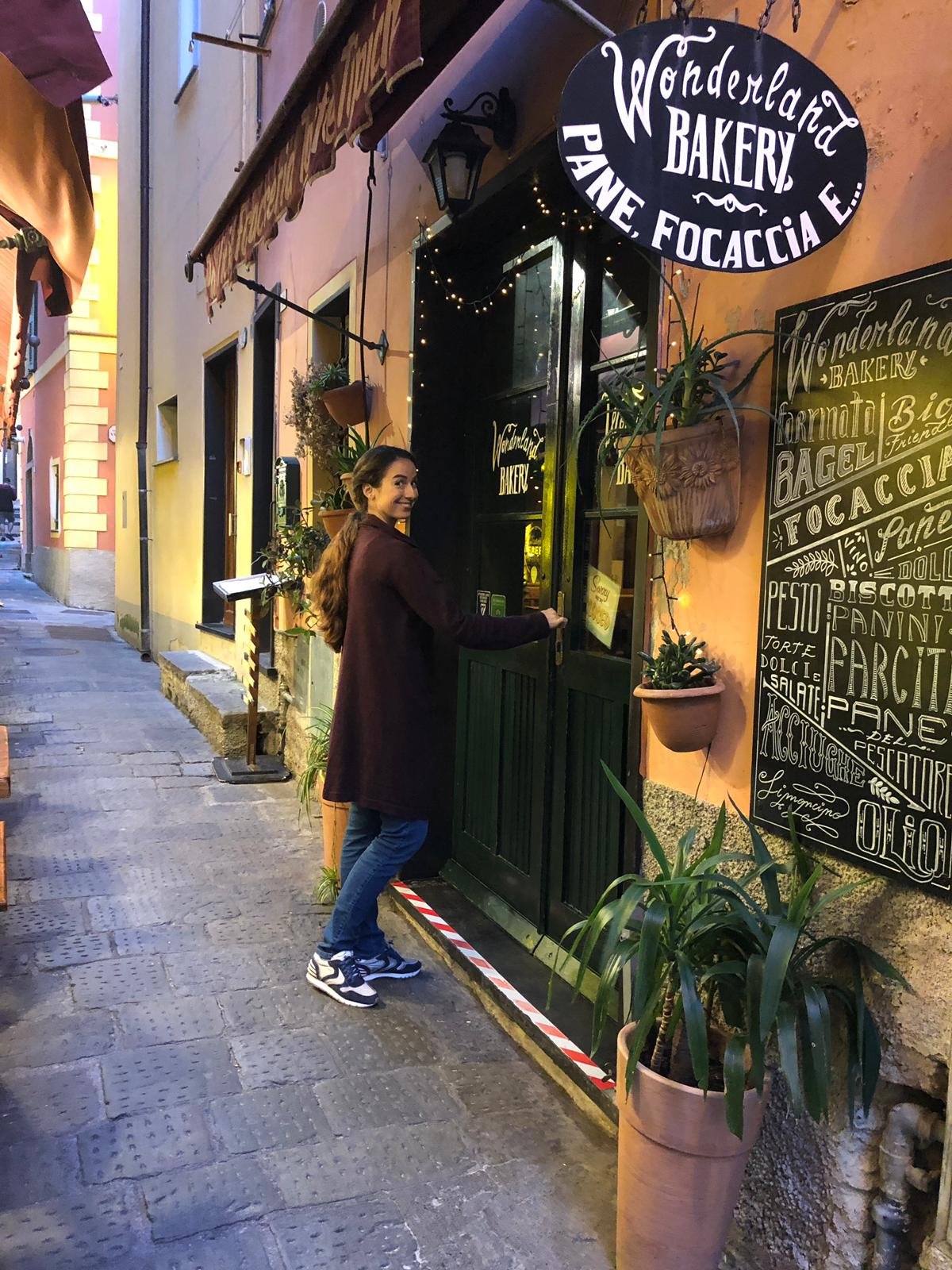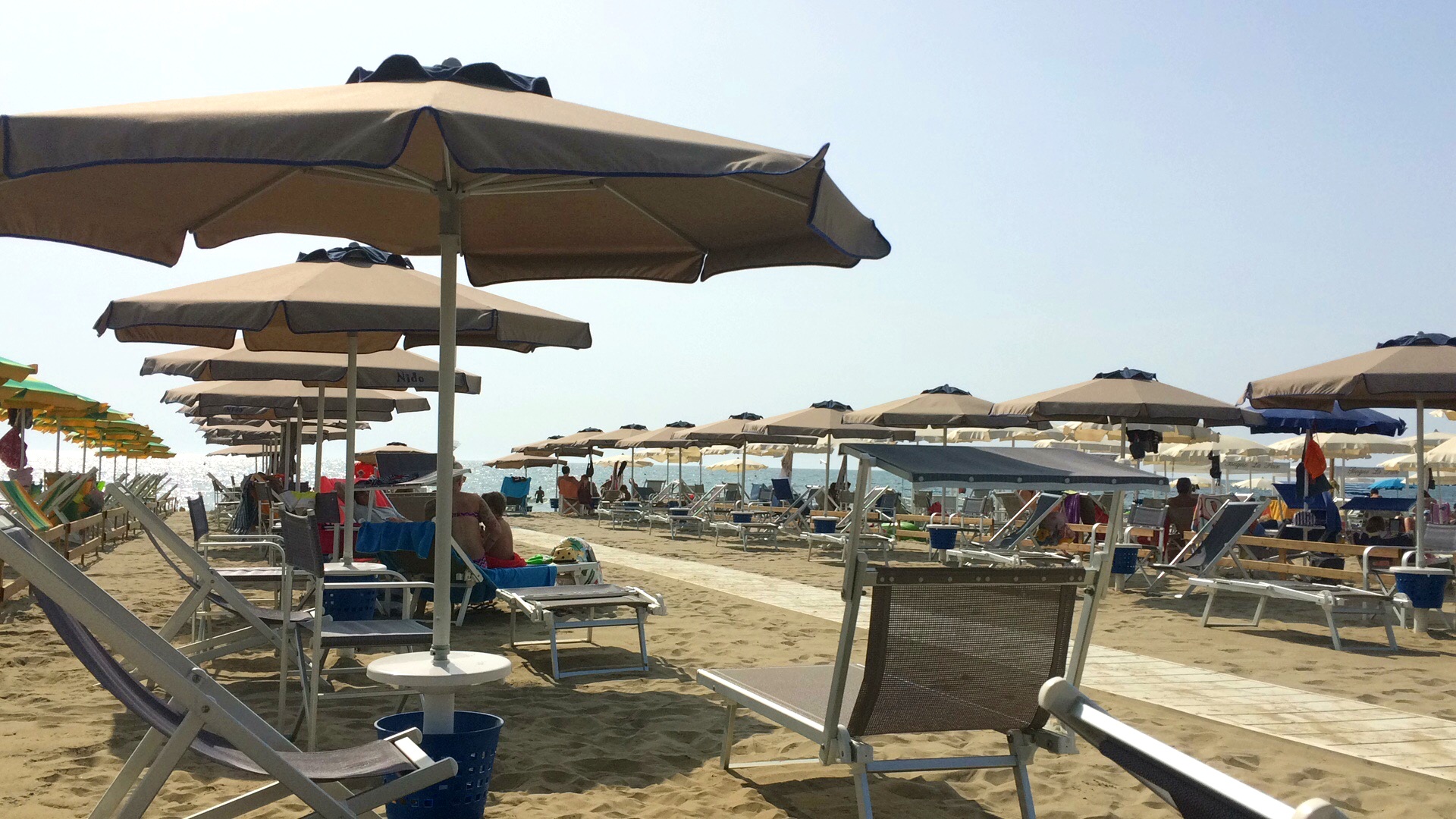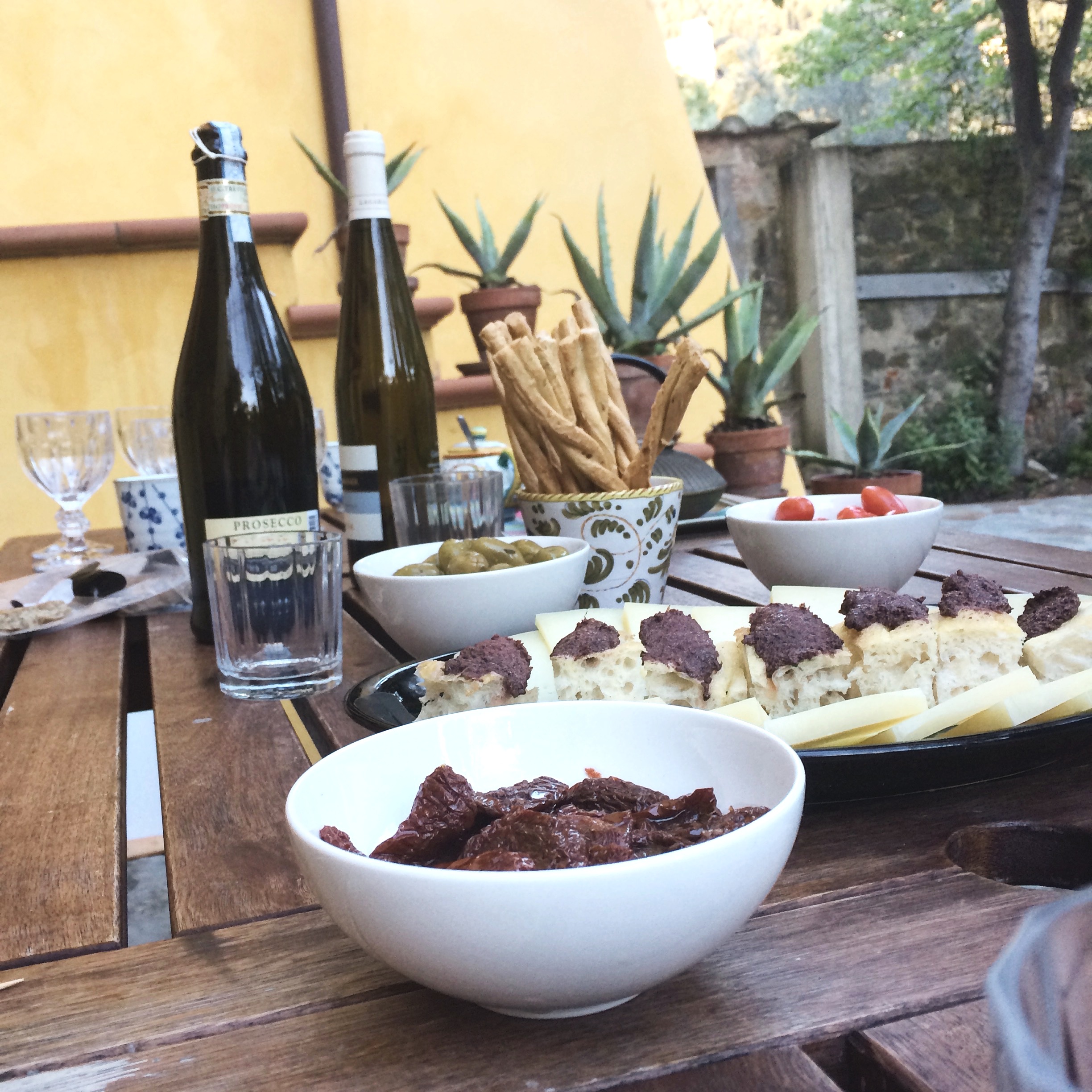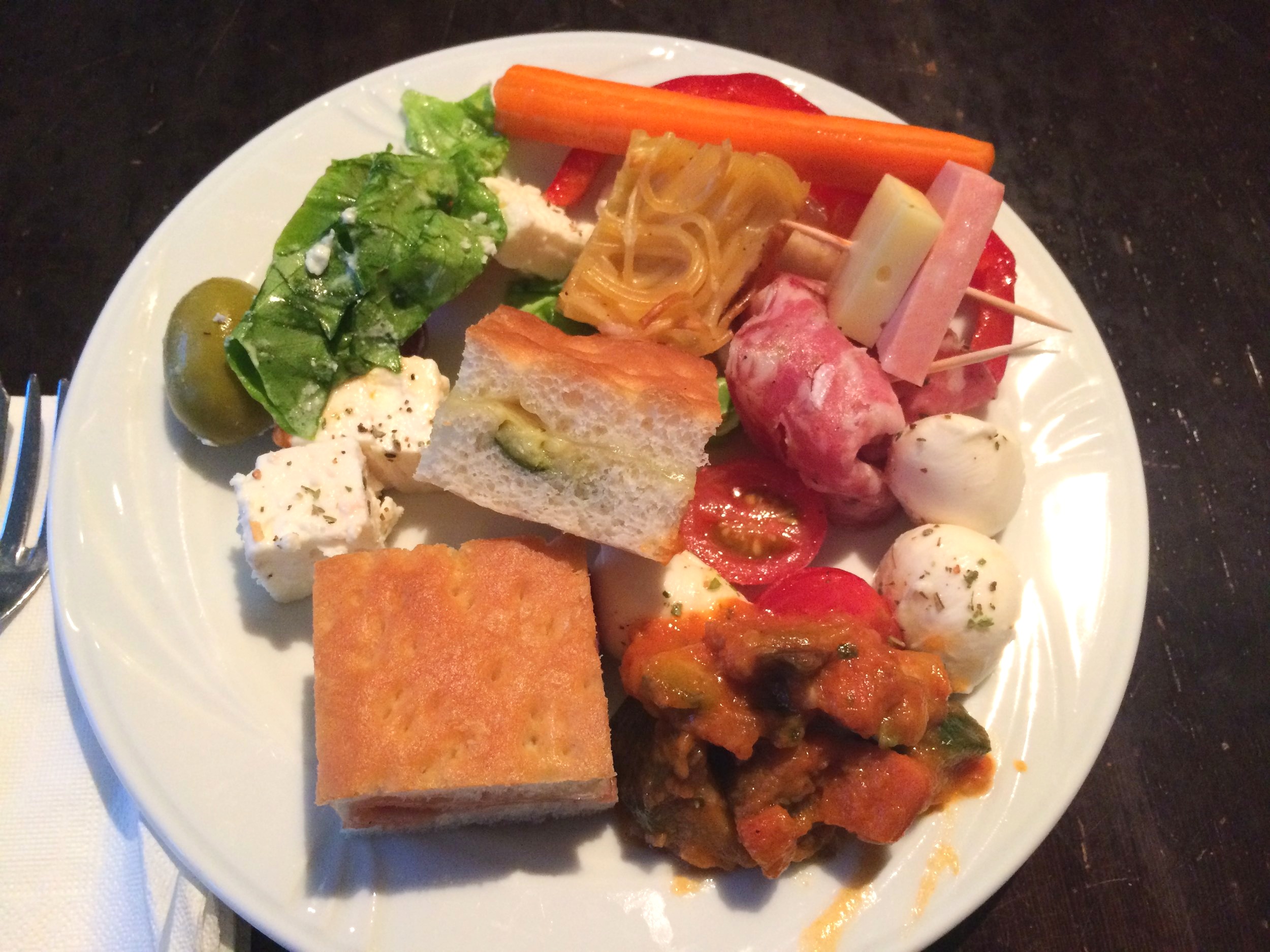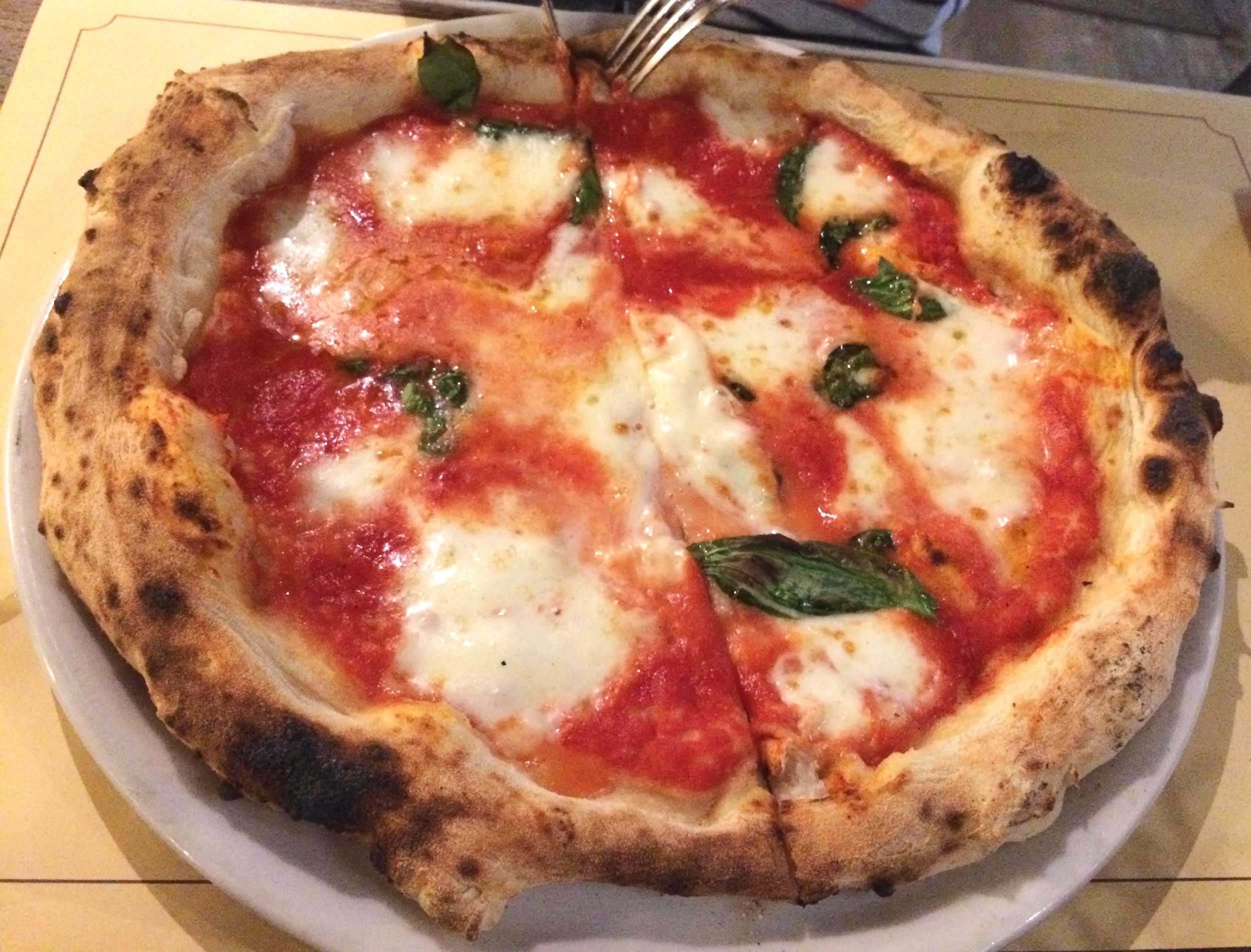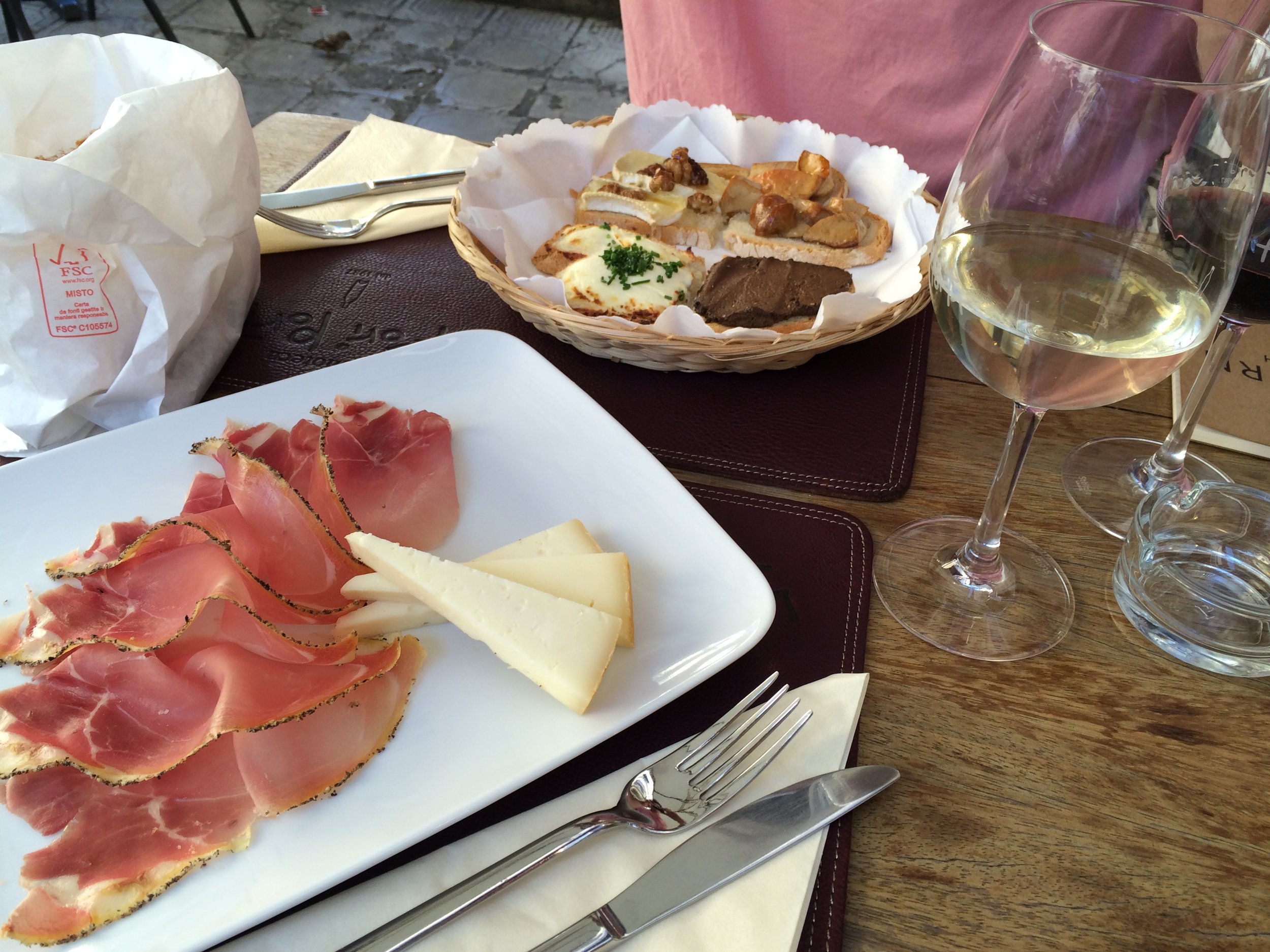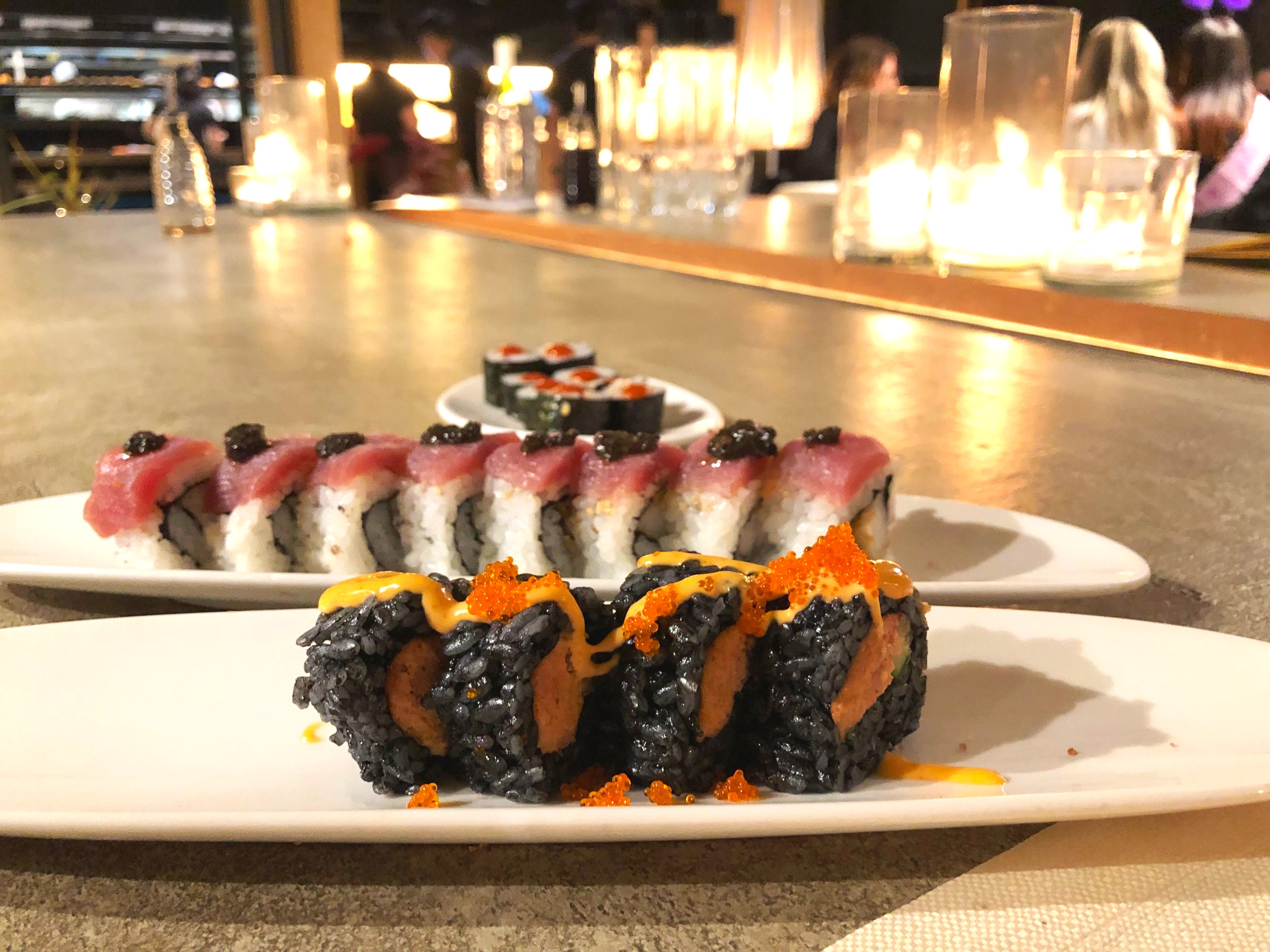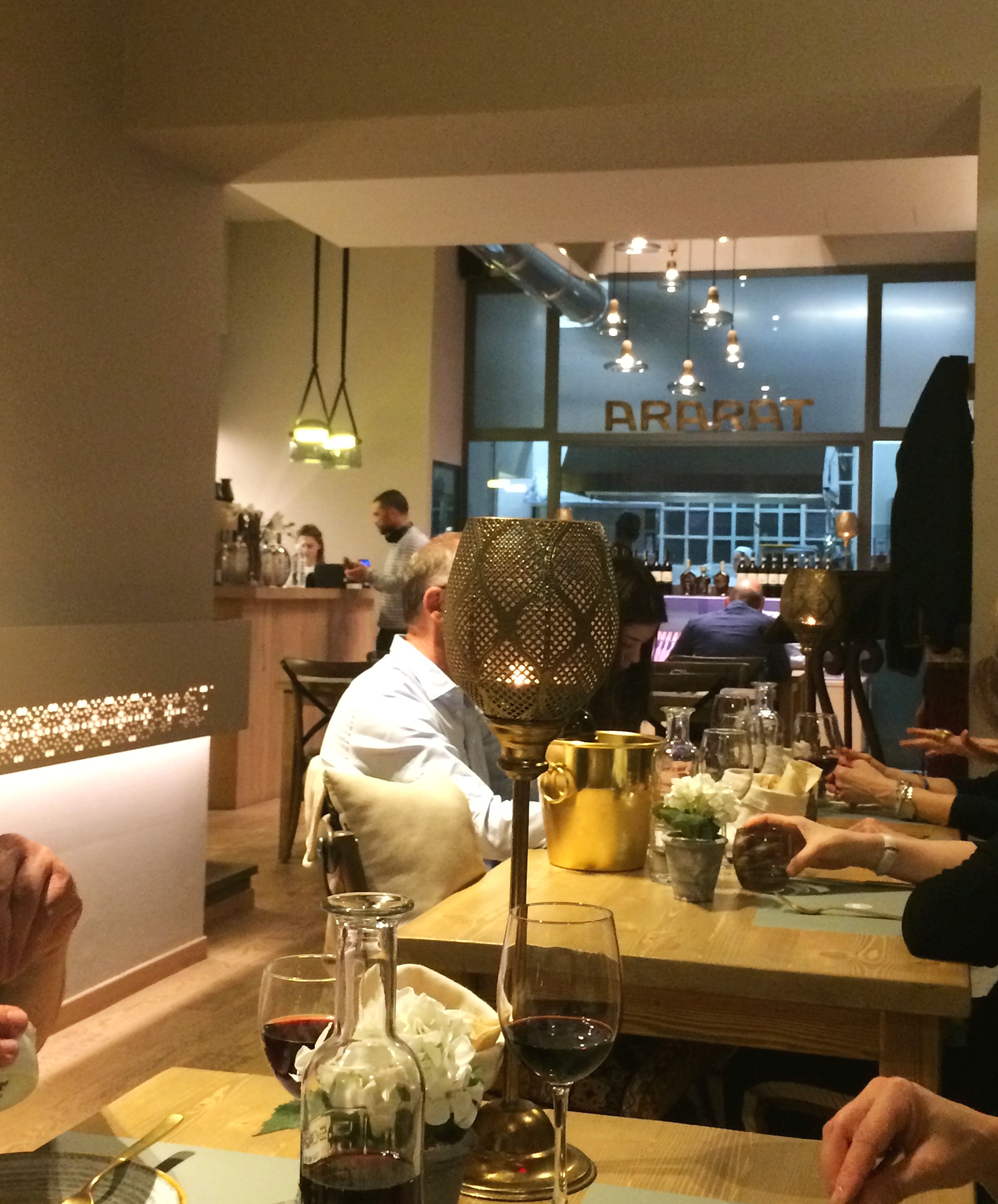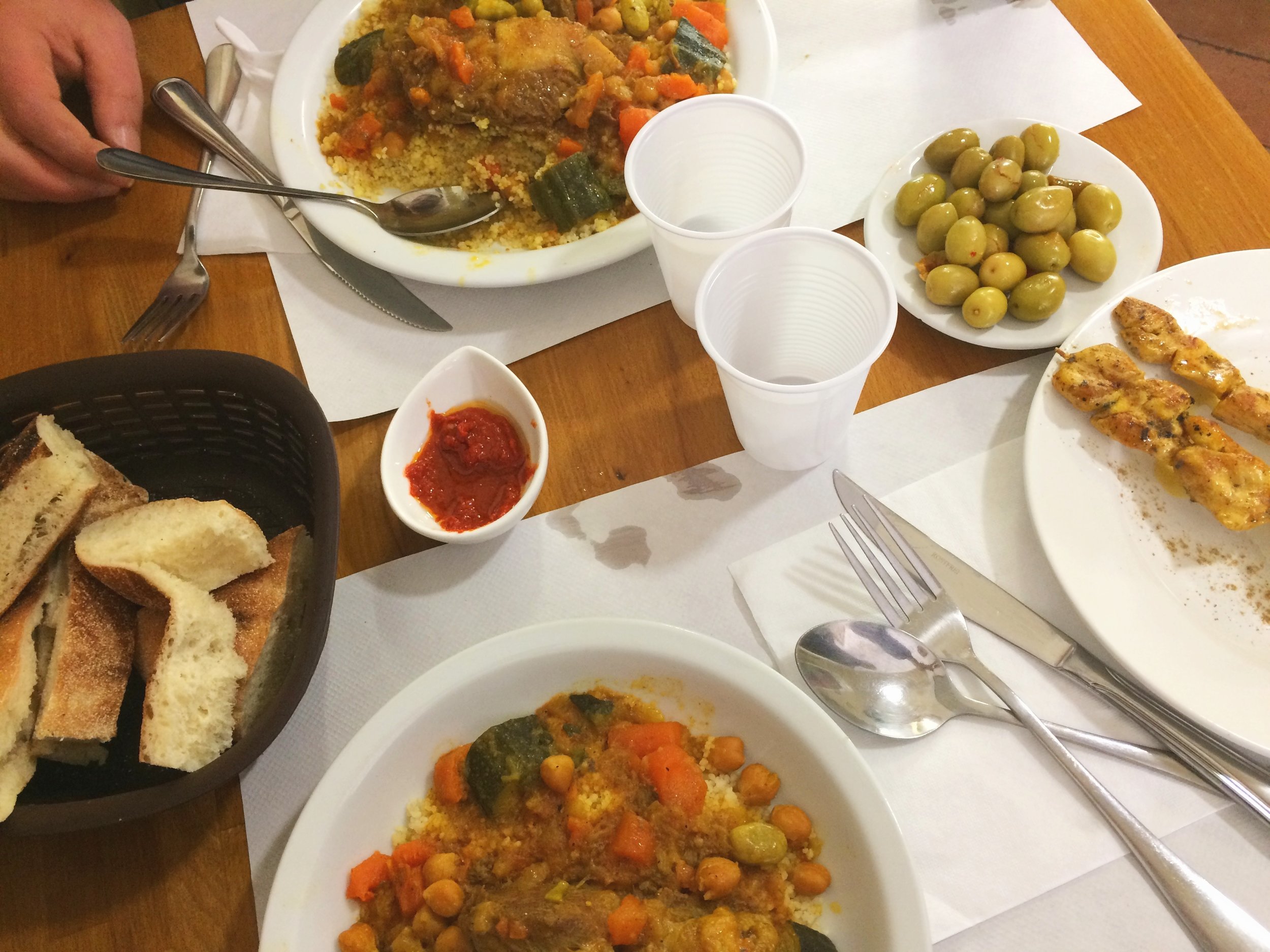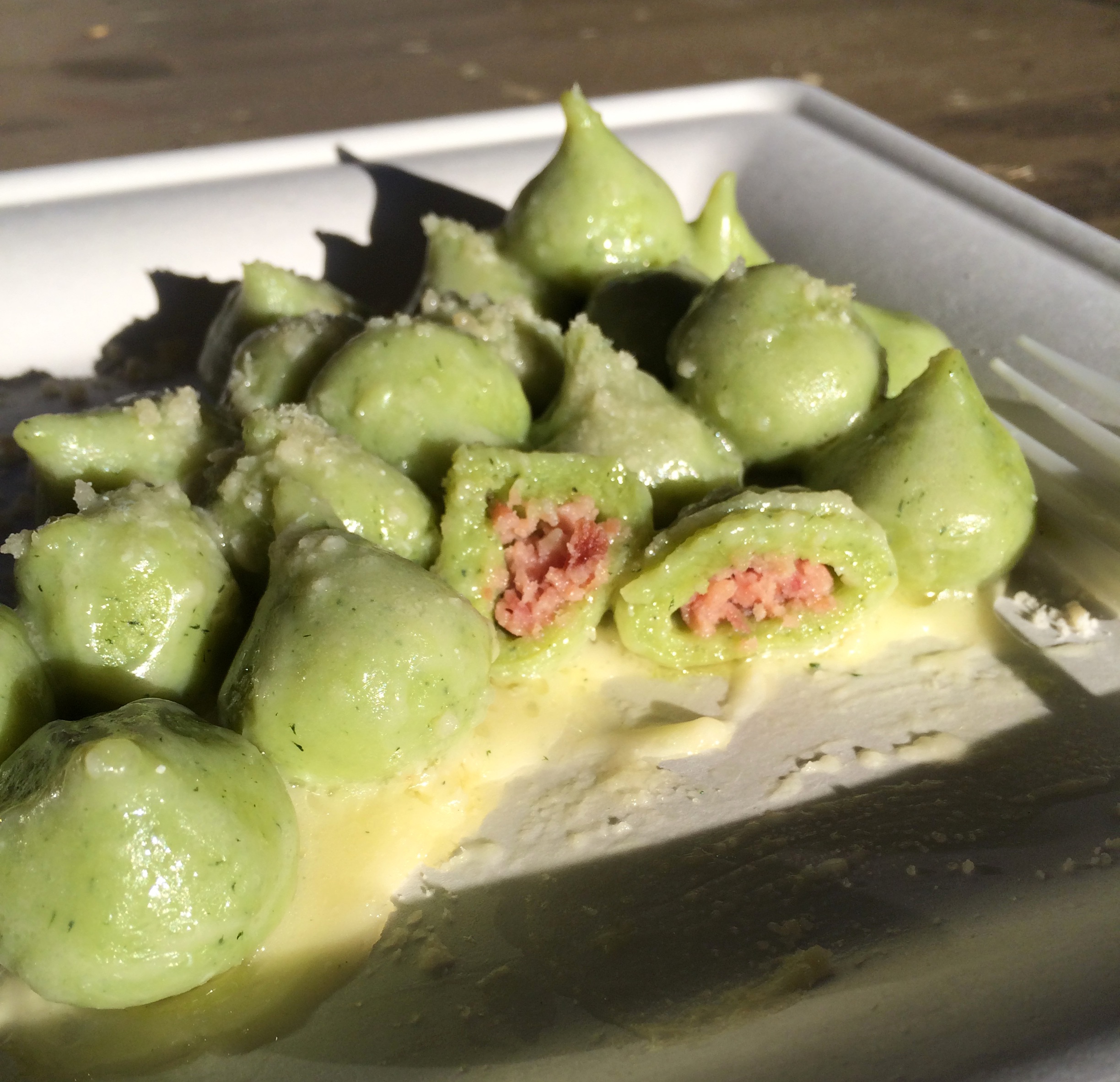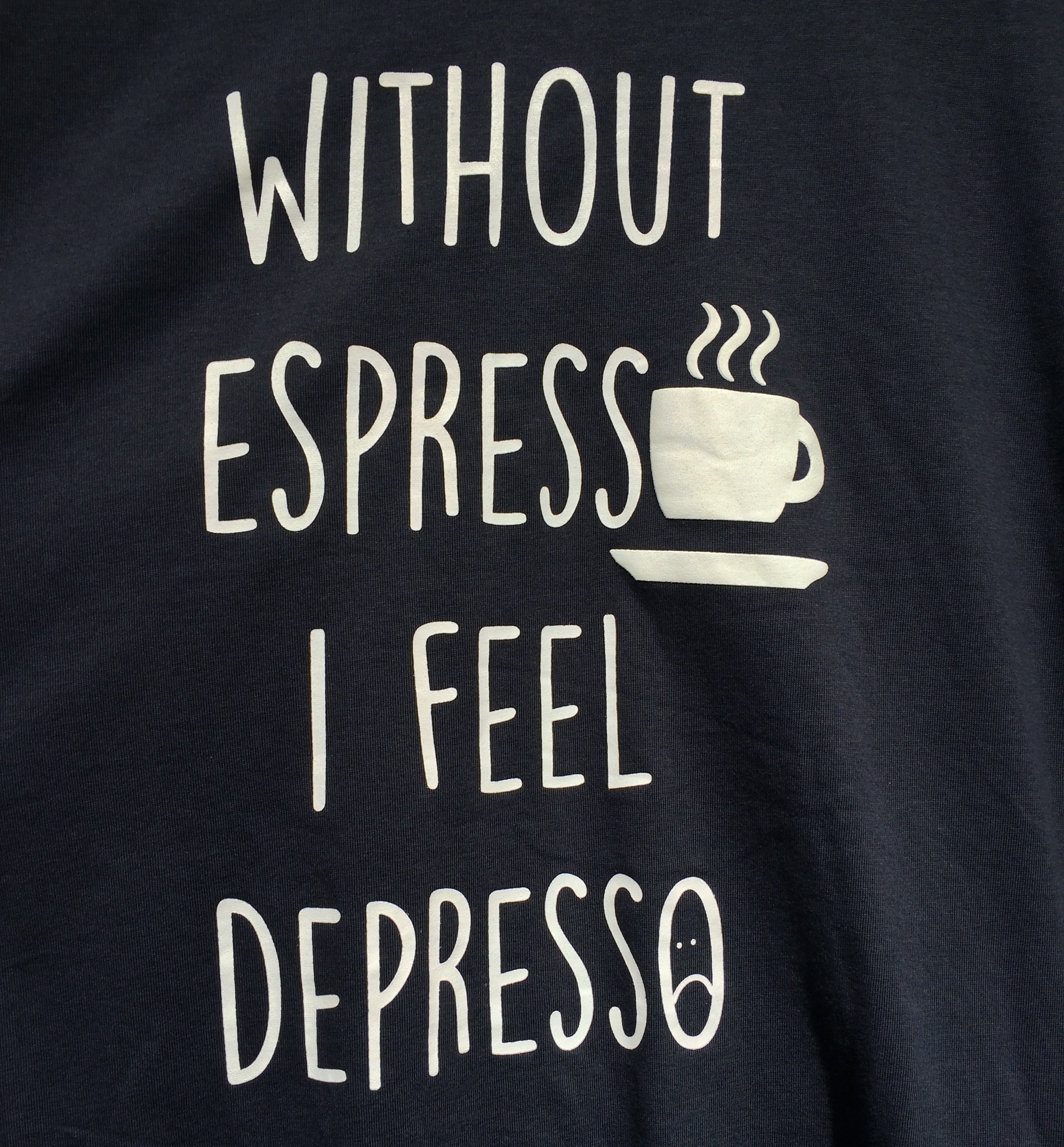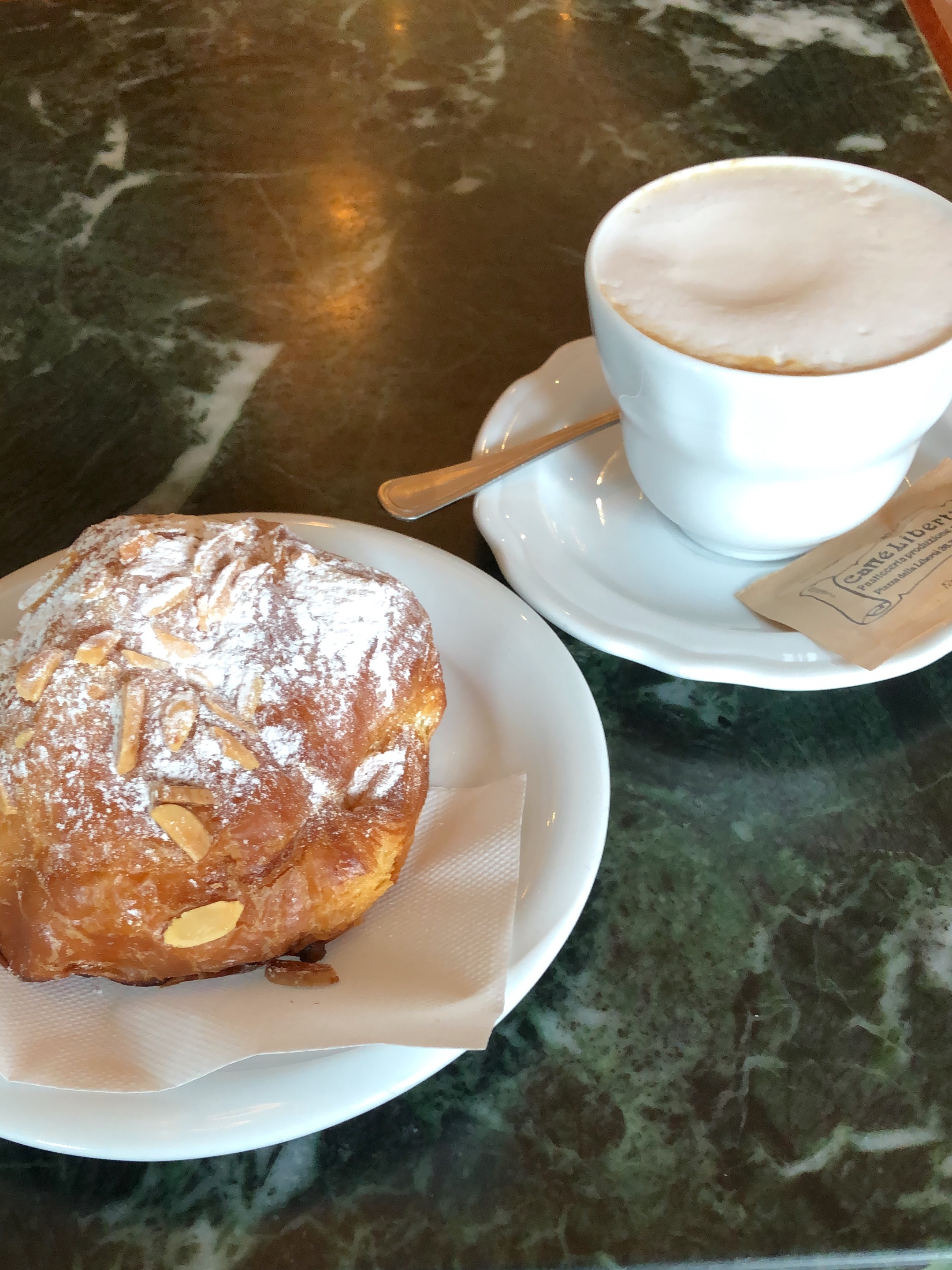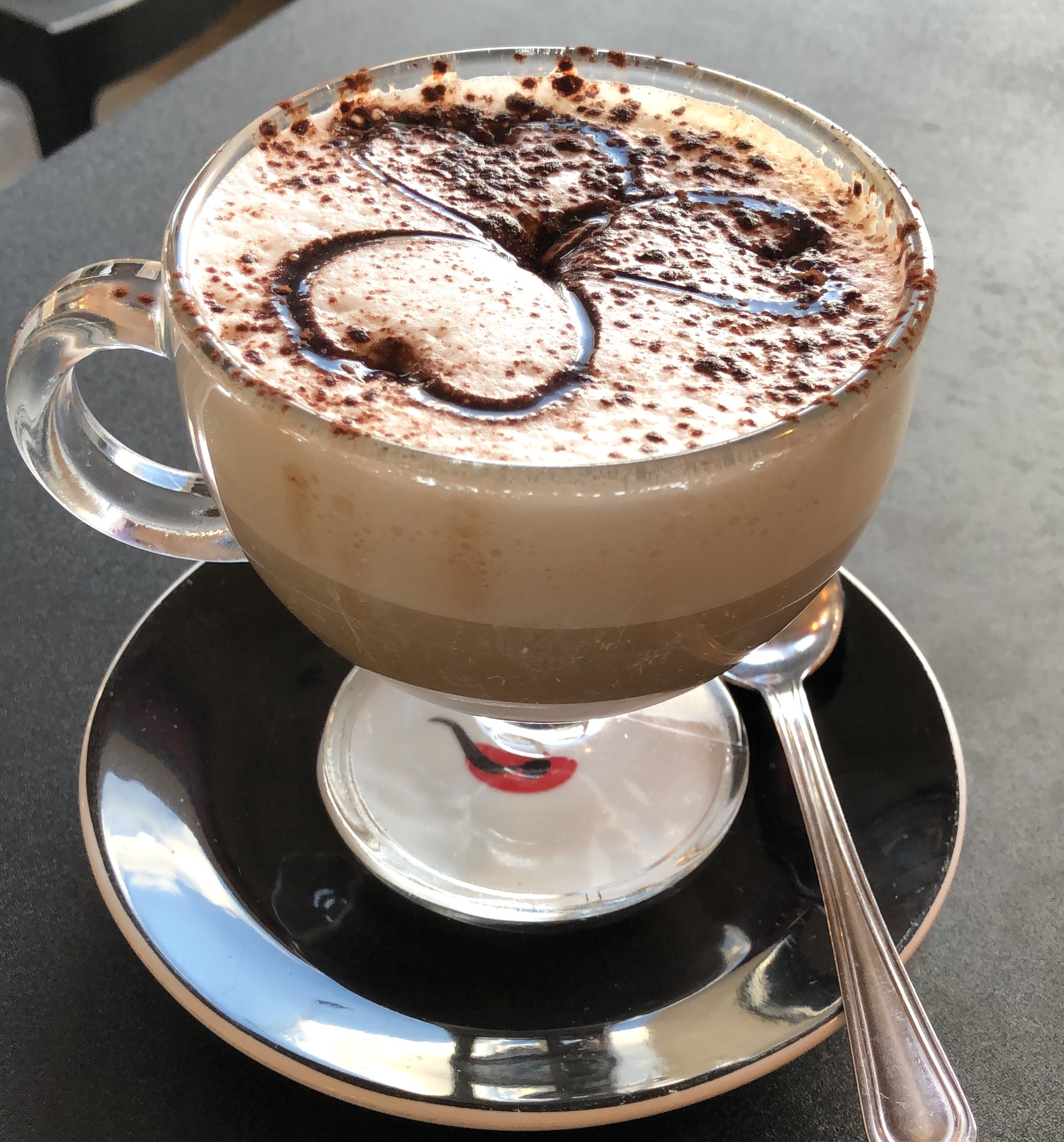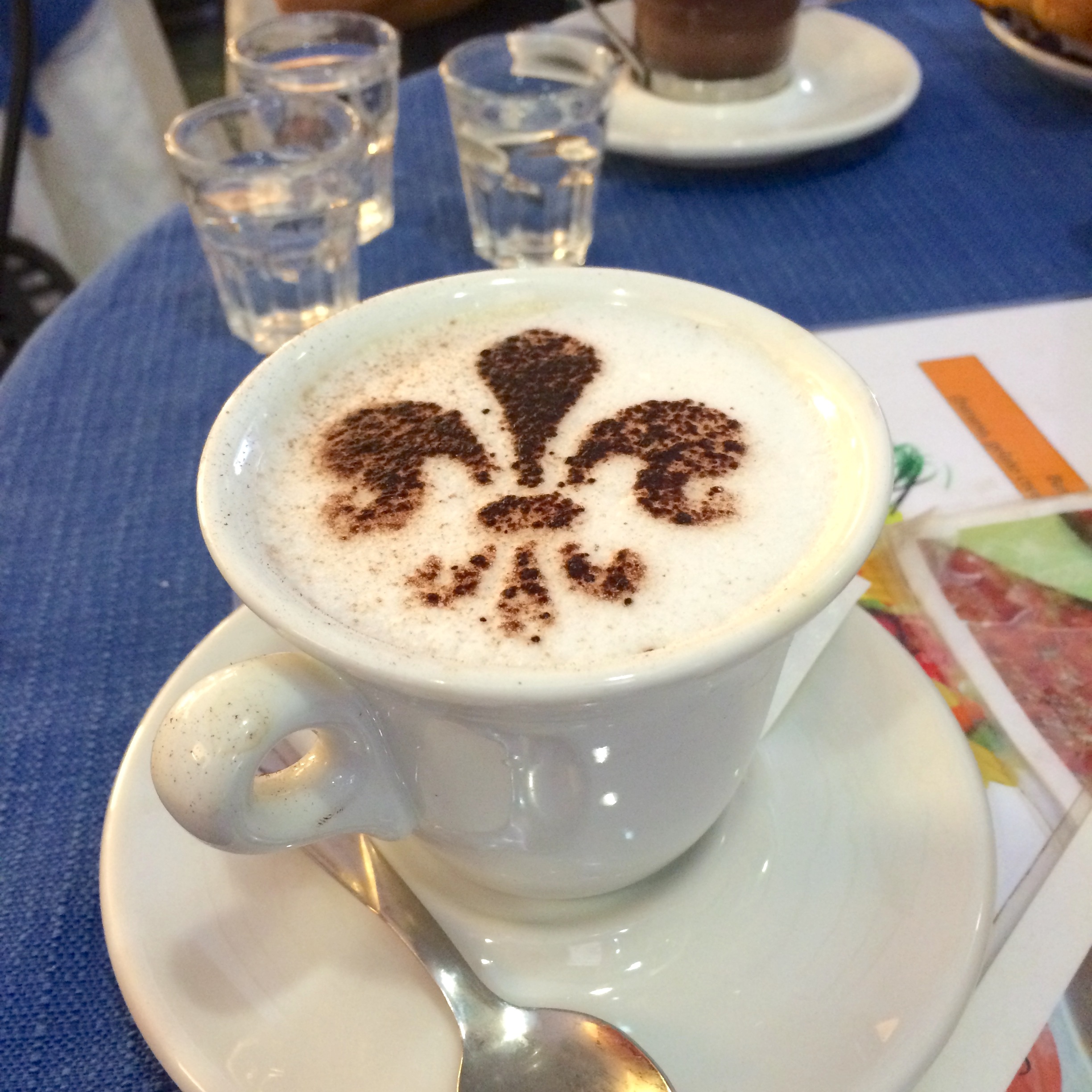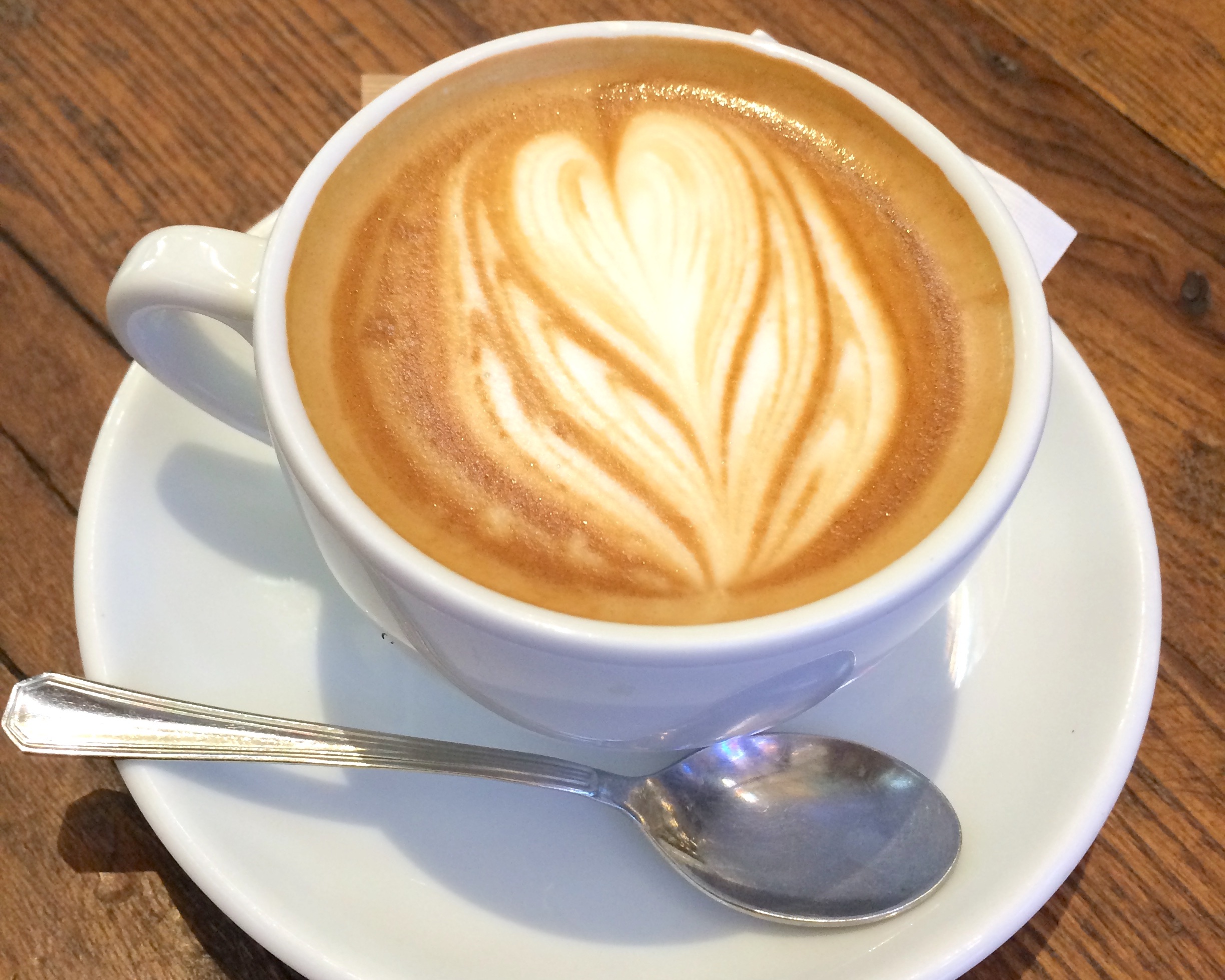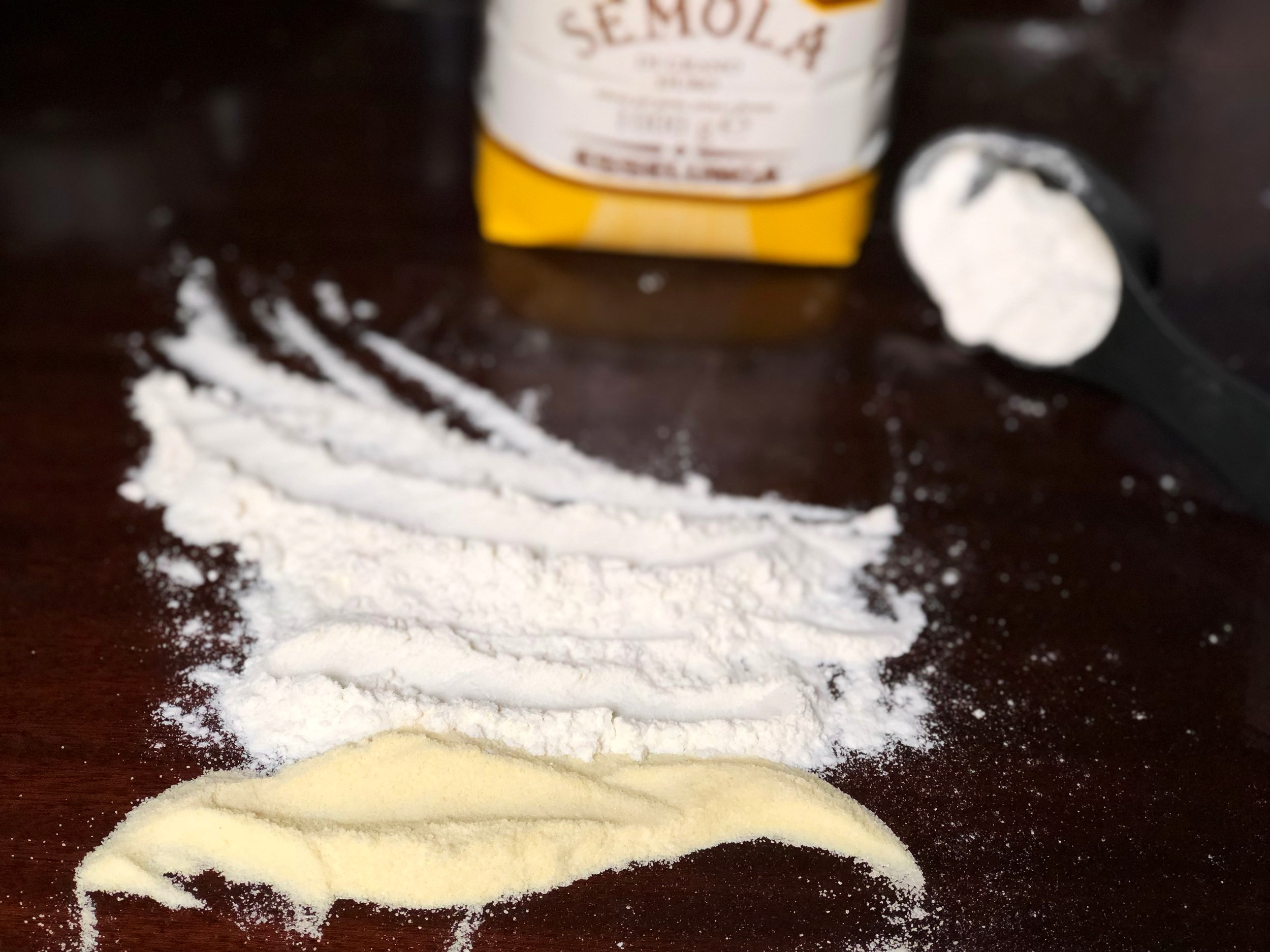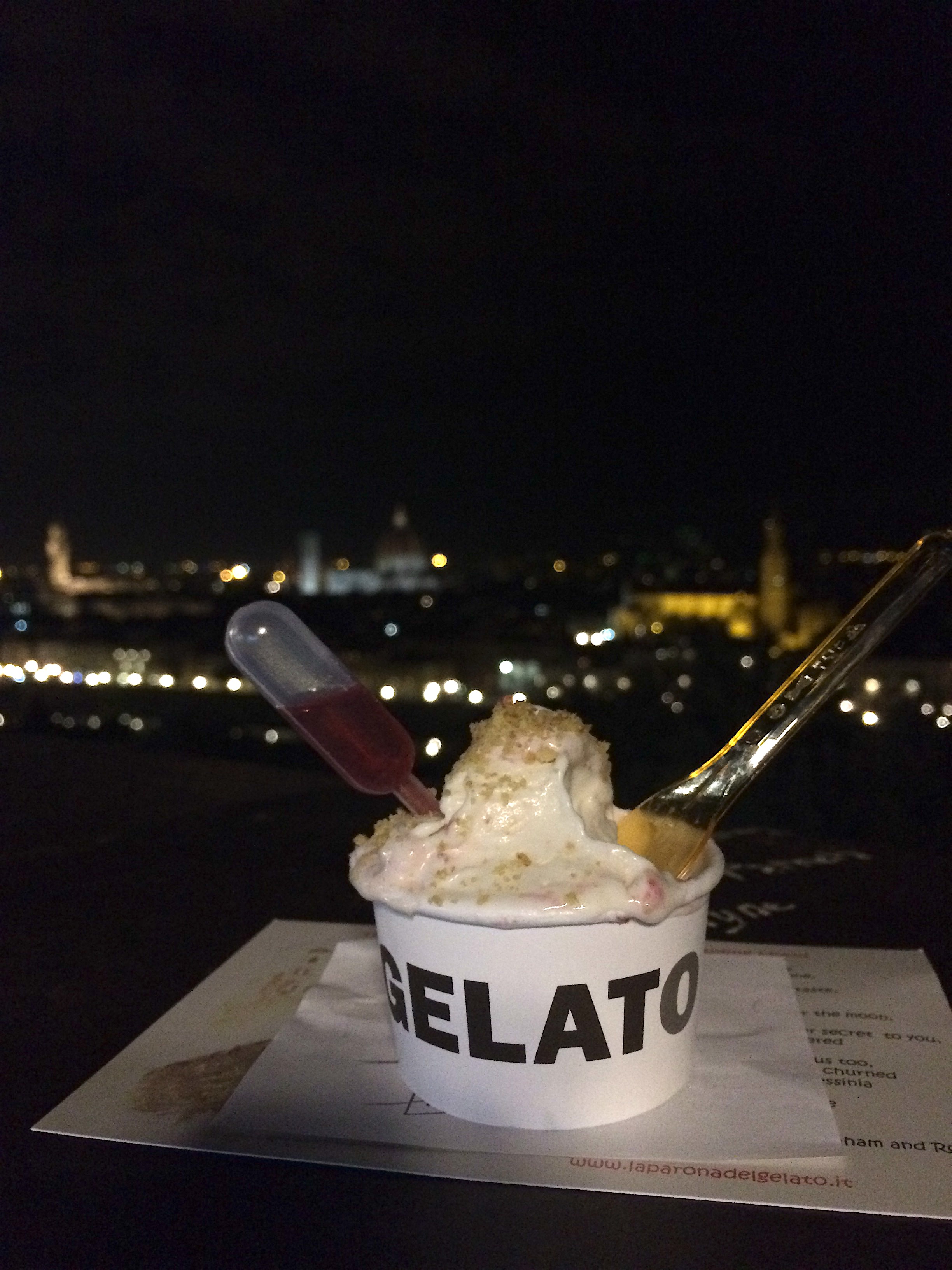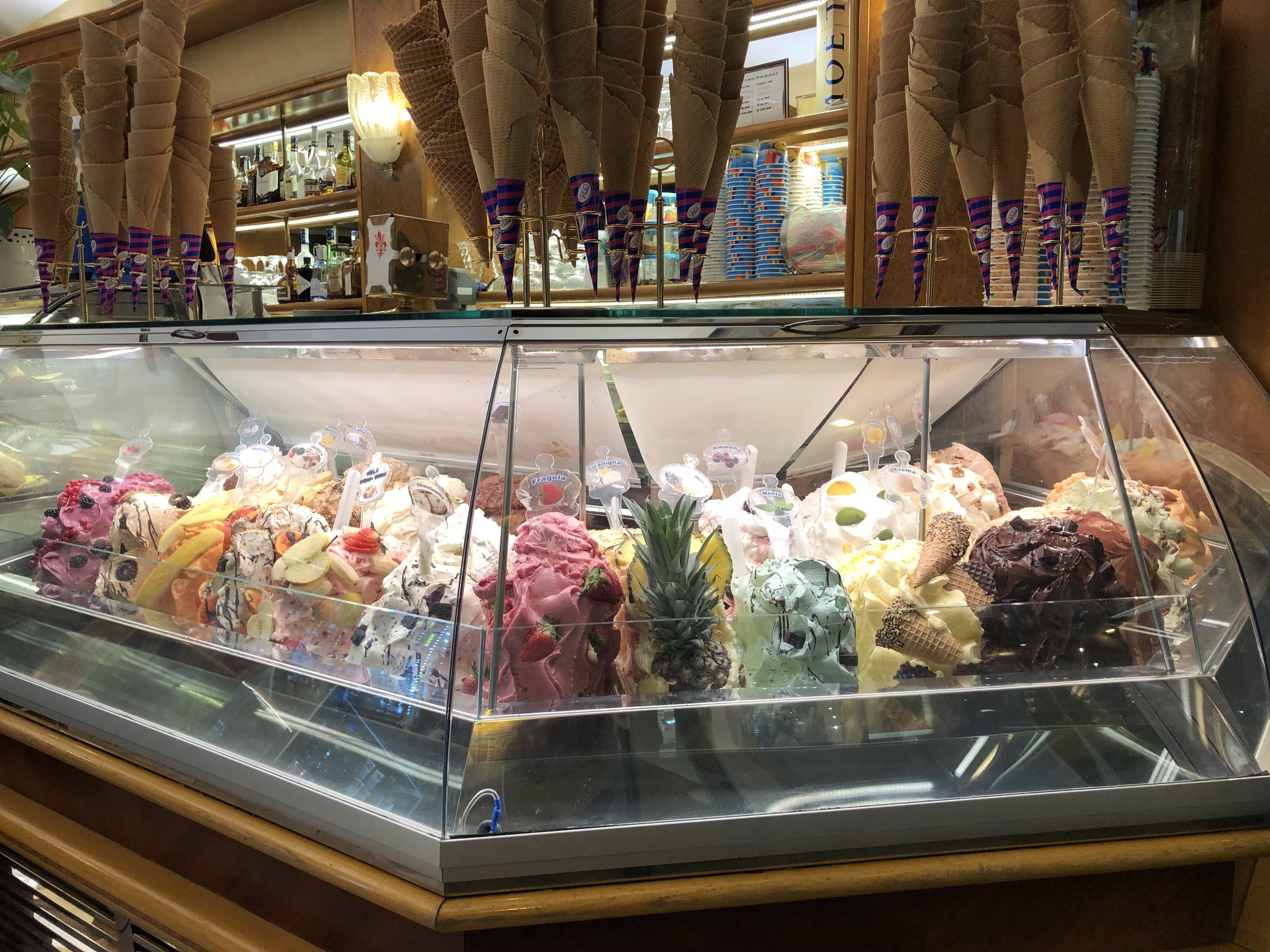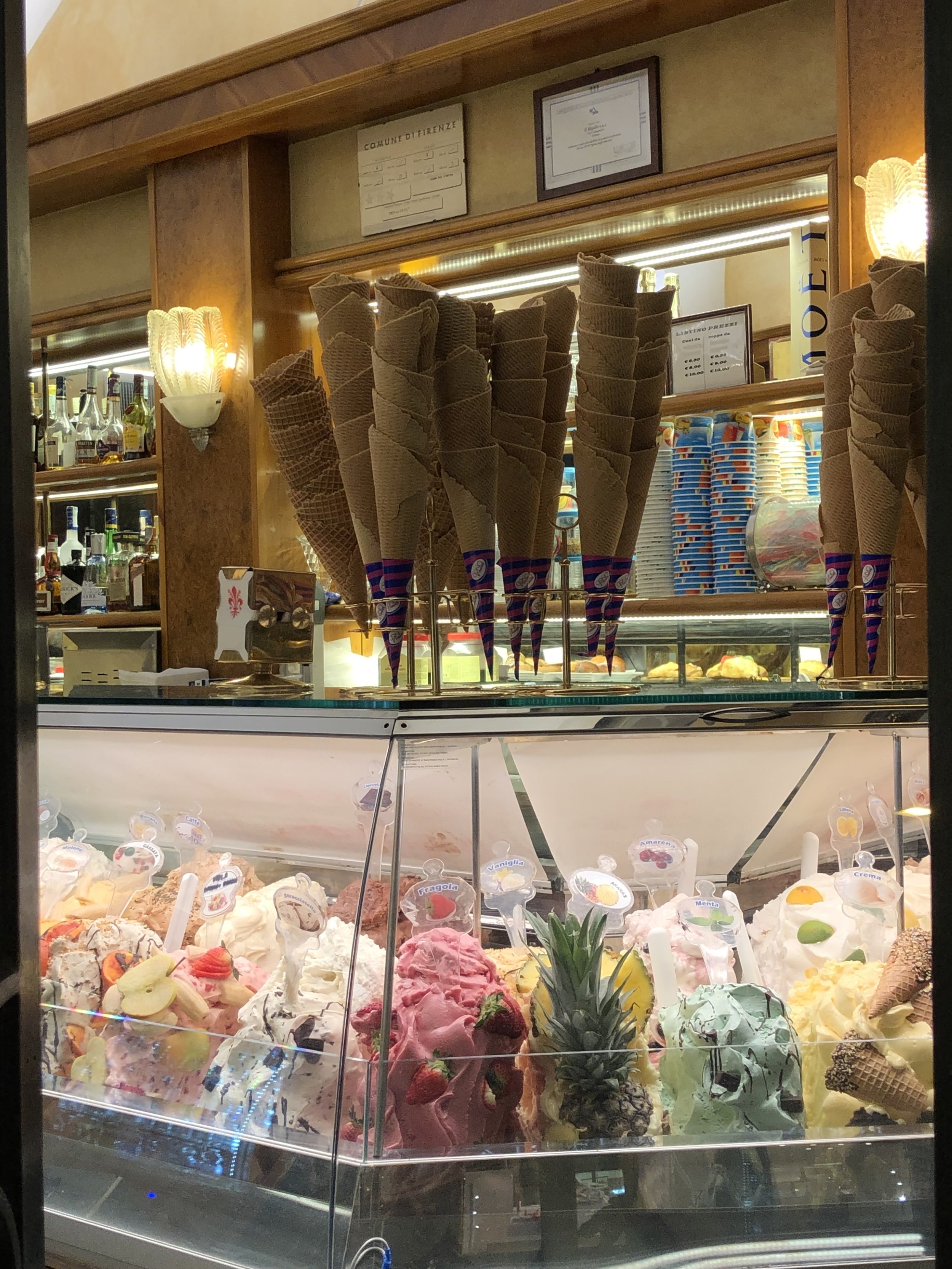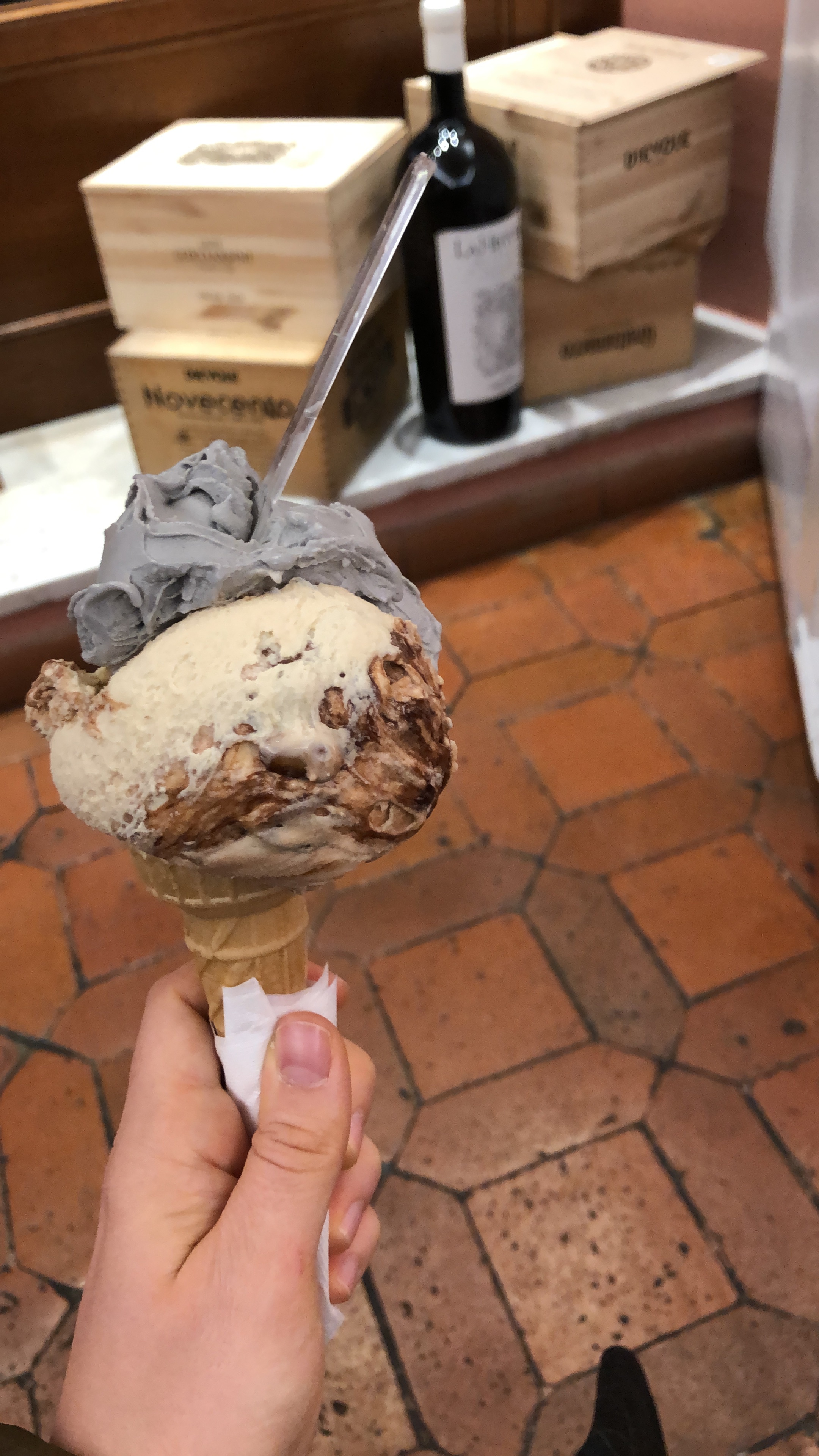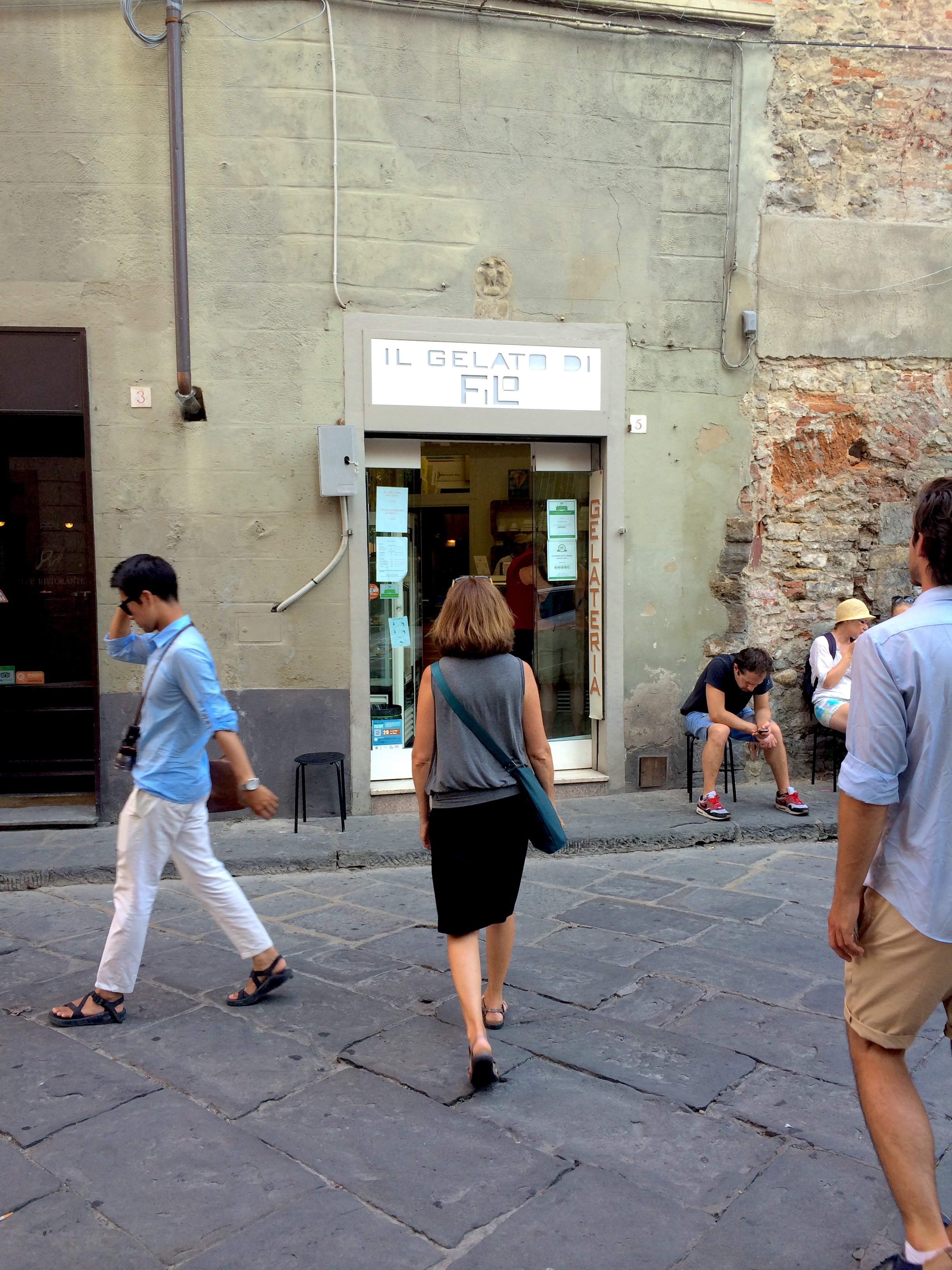First things first. I’m writing this article from my apartment, under quarantine, in Florence, Italy. I am in no way a medical professional nor in a leading position in government, and what I’ve written below are merely my experiences and observances. That said, I tend to take a humorous outlook on most things in life, but I also believe that serious things need to be given their due weight. This virus has shown itself to be serious, physically and economically.
This is not the end of the world. Panic is never the answer. But by planning ahead and taking precautionary measures you can do your part in helping your country, State or region, city, and community stop or at least quell the spread. By doing so, you could indirectly be saving lives, by not catching and spreading the virus, especially to those who have been shown to be most vulnerable, the elderly population and those with underlying health problems.
How it Began in Italy
Italy reported its first two cases of Covid-19 on January 30. Two Chinese tourists became ill and were quarantined in the Spallanzani hospital near Rome. They recovered and were discharged.
A period of calm ensued. I remember being grateful no more cases were reported, even though the two Chinese tourists had reportedly traveled to Florence, among other cities. Fast forward to February 21 (some articles I’m double checking as I write this say Feb 20), when a man checked himself into the hospital in Codogno (northern Italy) and became the third confirmed Covid-19 case in Italy. That same day, Italy reported 16 new cases in the Lombardy and Veneto regions and the first death. A red flag immediately was raised for me. From everything I’ve been reading about this virus, mostly from reports from China and the WHO, you don’t simply catch this virus and die in the same day. Which can only mean, this virus has been circulating in Italy for some time already. Who knows where those people have been? Whom they’ve been in contact with that can then become carriers. Silently circulating, and no one knew. In Codogno, while hospitals were already dealing with the seasonal flu cases, they noticed a high number of people with respiratory problems. These people were treated as though they had the flu, not coronavirus. They weren’t quarantined.
My husband and I’s anniversary was February 24 and my birthday was February 28, so we were talking about taking a weekend trip somewhere. Top contender was Brescia, which is a great base from which to take day trips. I really wanted to see Sirmione. (Google that one for the photos and it’ll be on your list, too.) As cases and deaths continued to increase, we put our plans on hold. Should we go? Shouldn’t we? We unanimously agreed not to go. We found some cheap tickets to Sicily, but didn’t buy them because then cases started popping up in Sicily, also. We decided to stay put. By the time my birthday came, we had already decided to limit our outings (which proved difficult because we had appointments almost every single day) and not go to restaurants. I really wanted sushi, though, so I made a reservation at my favorite sushi place, Aji Tei, for right when they opened at 7:30pm, hoping it would be less crowded. We had tried to make a reservation earlier in February but they were full up. Pages and pages of reservations. This place, unlike a lot of dining places in Italy, is not small. It has an ample dining room and a large covered garden out back. And it can be hard to get in. The whole time we were there it didn’t even get to 25% capacity. It was nice for us, but sad, knowing they and probably many restaurants were feeling the impact.
All this time, the attitude of many people I talked to were flippant, dismissive, or a bit surprised if I mentioned something about being careful. The virus was still largely in the northern Lombardy region and I think some people may have thought me mildly crazy. All the while many politicians, business owners, and residents were passionately encouragingly the world at large to “come to Italy!” It’s safe, Italy is as beautiful as ever! I understand many people live off tourism here and they don’t want the economy or their livelihood to hurt…but we’re also talking about people’s lives. How many times did I see people who had planned trips to Italy asking on some forum or facebook group, is Italy safe? Should we still come? And the overwhelming response was always YES. Come, don’t listen to the naysayers, Italy is safe, it’s just a cold guys COME ON. Not one that I saw encouraged them to do what they thought was best for their family or their peace of mind, or stopped to ask if maybe someone in their group was over 60 or had underlying health problems?
The grocery stores started to be hit all over the country. Pictures of empty shelves, and from parts of the country that didn’t even have confirmed cases yet. The big Esselunga in my neighborhood wasn’t too bad, emptier than I’ve ever seen it, but I was able to get everything I needed. The items that were most hit? Toilet paper, rice, pasta, water, sanitizer of any kind and…women’s razors? I might get quarantined, must have smooth legs!!! haha what? At one point the eggs were gone, and also the milk, but next time I went the milk was completely restocked. I have yet to find a bottle of hand sanitizer in a grocery store. The stores have done a really good job of staying on top of the demand, otherwise.
As the days went on and the number of cases continued to increase in an alarming manner, the leaders in government continued to attack the “fake news” and encourage tourists to come. For my news sources I read mostly BBC News, because I enjoy their straightforward, fact and quote based reporting without adding any drama, insinuations, or sensational statements. And for a few days, Italy all but disappeared from the coronavirus news. Where did Italy go? It’s quickly becoming one of the worst hit countries, and suddenly I can’t find anything out anymore? I would have to google things to find them out, and even then I would have to do so in English and Italian with different wordings before finally finding up to date articles.
As cases spiked to more than 5,800 and more than 230 deaths were reported, the Prime Minister Giuseppe Conte made the decision to quarantine 14 regions in the north on March 8. However, this news was leaked out before going into effect, and there was a mass exodus of thousands of people from the soon-to-be quarantined regions trying to get home and flee the lockdown. I watched in disbelief as these measures that are supposed to curb the outbreak are about to make things so. much. worse. I read about a BBC journalist who drove up to the quarantined north, a good 24 hrs after the new “no one enters, no one leaves” had been in effect. And there was nothing. No police, no checks, no barriers. The quarantine at that point seemed to be still a suggestion, or an idea. My disbelief grew. It was from that point that my husband and I decided to self-quarantine, because there were now thousands of people potentially and probably spreading the virus carelessly. I doubt anyone had the specific evil intent of escaping to spread the virus, but people who don’t have symptoms don’t know they’re spreading and don’t know the harm they’re doing. But that is how it will go. We are human, and our first instinct is to think of ourselves, and we will hurt others in our selfish wake.
Two days after the news broke about the north being quarantined, Prime Minister Conte put into quarantine ALL of Italy. Everyone seemed to wake up, and realize what many of us already had: to curb this pandemia, we must all do what we can and quarantine.
Can you imagine how different this might have gone if Italy had decided to quarantine and take these drastic measures two weeks ago? No one wanted to make that sacrifice. People continued to downplay the severity of the situation and now everyone is forced to make that sacrifice anyway. This way, because the virus has been allowed to spread for so long, it will take longer to get things under control. The economy will hurt more. It’s the unfortunate reality of the situation in Italy right now.
I’m not writing this to shame Italy and lament on the if-onlys. I am writing this so you can learn from Italy. Even if your leaders are not yet taking this as seriously as they should or the actions they should, you CAN. You can be the weirdo and not hug or kiss people, keep your distance while in public, go out as little as possible, wash your hands, all the things you’ve probably already heard a hundred times or more.
If you’ve read this far, thank you, and sorry for being long-winded. I know there are a thousand other articles and blogs on coronavirus you could be reading. Maybe you should be! But have pity, I’m quarantined at home in a small apartment; I have all the time in the world to be long-winded! :) Soon, that may be you, too. Get the good books, movies, and snacks, man.
What are the current restrictions in Italy?
Here’s a snapshot of our life right now. At first just some things were closed or restricted, then things got stricter and time extended, now basically everything is closed except grocery stores, pharmacies and banks.
Thursday, March 5, all schools and universities were closed across the country. Study-abroad students were sent home.
Suspended until April 3, roughly translated from a post from the Florence Mayor Dario Nardella:
Child Educational services and every didactic activity of every order and grade
Universities and all artistic, musical, and dance institutions
Professional regional and national master courses
Universities for the elderly
Drivings schools
Congress, conventions, reunions, meetings, and social events
Demonstrations, events, and shows of any nature
Cinema and theatre
Pubs, clubs, and similar locales
Dance schools
Game rooms, casinos, and bingo halls (nooooo not the bingoooo)
Museums and every cultural place, such as libraries, archives, archeological parks and areas, monumental complexes
School trips, outings, exchanges, guided tours, didactic outings
Staying in waiting rooms at hospitals or emergency rooms
Civil and religious ceremonies including funerals
Visits to nursing homes, rehabilitation centers, hospice, etc. are limited
All commercial activities except for the tabacchi, newspaper stands, pharmacies
All restaurants, bars, etc. except for home delivery
All salons, barbers, etc
At first the grocery stores were going to be closed on Saturday and Sunday , the two busiest days of the week. It was all over the news and I didn’t get it. How does that help? That takes the crowds from the weekends (I’m a weirdo and love grocery shopping but highly dislike going on Saturday and Sunday because it’s shoulder to shoulder) and forces them to go during the week. So now the week will be extra crowded? How does this help crowd control? They only allow so many people in the store at a time, but the lines outside? My husband went to the store today, and after being gone for an hour, came back empty handed. The line was so long he waited for a bit, then decided he didn’t want to be there for hours and hours. Then I remembered today is Friday. Everyone is stocking up for the weekend. Ohhhh snap. I googled to see if anything would be open tomorrow, and you know what? Grocery stores are now open on the weekends. But I had to google that to find out. We have the TV on quite a bit listening for updates, you think they could’ve squeezed that useful bit of information in there somewhere? On the bright side, maybe if I go tomorrow the stores will be empty because everyone still think the stores will be closed, like I did. If anyone can think of why closing grocery stores for two days was a good idea, please. Tell me why.
Beyond these measures, you’re basically not supposed to leave your home, and if you do, at least 1 meter (about 3 ft) between you and other people at all times. I am still a bit confused if I can go out for a walk or fresh air? If you have a dog, you can, but once the dog has done his business, back inside you go. I heard once on the TV no, don’t go outside unless it’s for emergencies or going to the store, and only the grocery store in your area. This upset people who like to go for runs and exercise outside. Then I heard you could go out for fresh air. Today I heard you can go out for a run/exercise, if you stay 1 meter away from others, of course. So tentatively, yes? And if you need to go anywhere outside your area, you must carry with you an official document stating who you are, where you live, and where you are going which had better be for work, medical reasons, or a necessary motive. If you are outside and stopped by police and they determine your reason isn’t valid or you’re lying (ie you say you have a doctor visit and they make you call your doctor who is unaware you have a visit), you will be fined up to 206euro or face up to 3 months in prison. It doesn’t matter if you’re walking or driving, bring this document with you. Only 1 person per family can go grocery shopping at a time. Max 2 people in a car, 1 driving and one in back. 3 people in car? Fined. If you know you are positive for Covid-19 and you leave your home anyway, you can face up to 12 years in jail for voluntary homicide.
If you live in Italy and are looking for the “autocertificazione coronavirus” document, they have the PDF you can download at the bottom of this article.
Italy is taking the situation very seriously. They were left with no choice. The hospitals in the north are at a breaking point, having to make the decision between who gets the ventilator and who doesn’t; literally, who lives and who dies. They are running out of room. As I write this, the numbers from today have come out, and they’re only getting worse. Just since yesterday, 2,547 new cases, 250 new deaths. During the worst of China’s outbreak, deaths never exceeded 150 in one day. Italy has more people dying in one day than China did on any given day. You see this is serious? You can see that if you live elsewhere, your country still has the chance to stall this? Or at least slow down the spread so that hospitals aren’t overloaded and doctors won’t have to make the moral choices they are being forced to here in Italy.
Just in the past couple days my homeland, USA, has greatly ramped up the closures, not to mention the whole world. Schools, dance studios, Broadway, events, sports…Though the US is nowhere near where Italy is outbreak wise, they are thankfully taking these hard steps as a prevention. I still see a lot of Americans on social media who are dismissive of this virus, and I wish they would look at Italy. Most Italians had that same attitude up until they were forced to completely switch gears. For some it was overnight, and it was a bit bizarre. Accept with grace that your leaders are trying to protect you. I just wish the US would up their testing game, so the virus doesn’t have a chance to circulate undetected for so long like it did in Italy.
If you’re one of my friends who thinks this coronavirus is manmade, leaked on purpose, a new weapon, the world trying to control you, etc etc. I hear you. But is posting all the articles demonstrating IT’S THE DEMOCRATS helping? Is it loving your neighbor? I don’t think it is. The best way we can go forward is to not panic, check your sources, take preventive measures even if they’re hard, and look after those who are maybe less privileged or are more vulnerable than you. If you know of an elderly person near you, make them a meal and deliver it to their doorstep. Or have groceries delivered to their door. Offer to go pick up their prescription for them. Don’t hoard food/products you don’t need. Know a family that has a lot of kids? Maybe bless them by having pizza delivered to their home, so the mom and dad can have a night off from cooking. By doing this you not only help people out, but you help support businesses that are struggling. I’m sure there a ton of different ways I haven’t even thought of that would be a great help. In this day and age with apps like Uber Eats, food and many other commodities are just a click away.
Oh, and can we all stop comparing this virus to common cold/influenza? Flu has been around for a long time, we have some immunities to it, and there are vaccines. This coronavirus is brand new and we just don’t know enough about it. If you try and compare flu data to coronavirus data, is that even fair? Coronavirus only has data from December, the flu has data up the wazoo. We already know this coronavirus is more deadly, so before you “pshaw” it and rattle of a recent year’s data from the flu, just realize we’re trying to keep Covid-19 from becoming rampant like the flu so it never has a chance to kill as many people as the flu, or worse. Currently in Italy, the mortality rate for the virus is 5.8%, where flu in the US has a mortality rate of about 0.1%. I would rather huddle at home and be proved wrong later that it wasn’t that serious, rather than disregard the precautions and later be proved wrong that it WAS that serious.
I’d love to end this with some encouragement like, we’ve got this, or we’re each stronger than we think, we can all be heroes…but you know what? You don’t have to look far to see that our base reaction has been protection of…self. Me. My needs. My comforts. I rejoice that I don’t have to put my faith in myself, humans, governments, or regulations. I rejoice in the Lord, who has the whole world and this situation in His control. I rejoice knowing that this world is not all there is. This life is not all I have. But while I’m here, I hope to be able to love my neighbor well and do my part because, in Jesus, I’ve been shown true selfless love.
One more thing. Toilet paper? Let’s all just calm down now. You know who you are. Leave some for your neighbors. Count your squares, people! Oh, and I hope you stocked up on Desitin as well if you actually plan to use that much toilet paper…
Other Useful Resources
For live cases worldwide and easy to look at statistics, check out this site.
For more info on cases in Italy, check out this page.
For all things Florence and other useful information on coronavirus if you’re in Italy, check out Girl in Florence!
If you’ve read this far and want to really understand why social distancing is a thing, check out this article full of graphs, maths, possible outcomes and general confirmation that this is serious stuff and must be acted on now.











